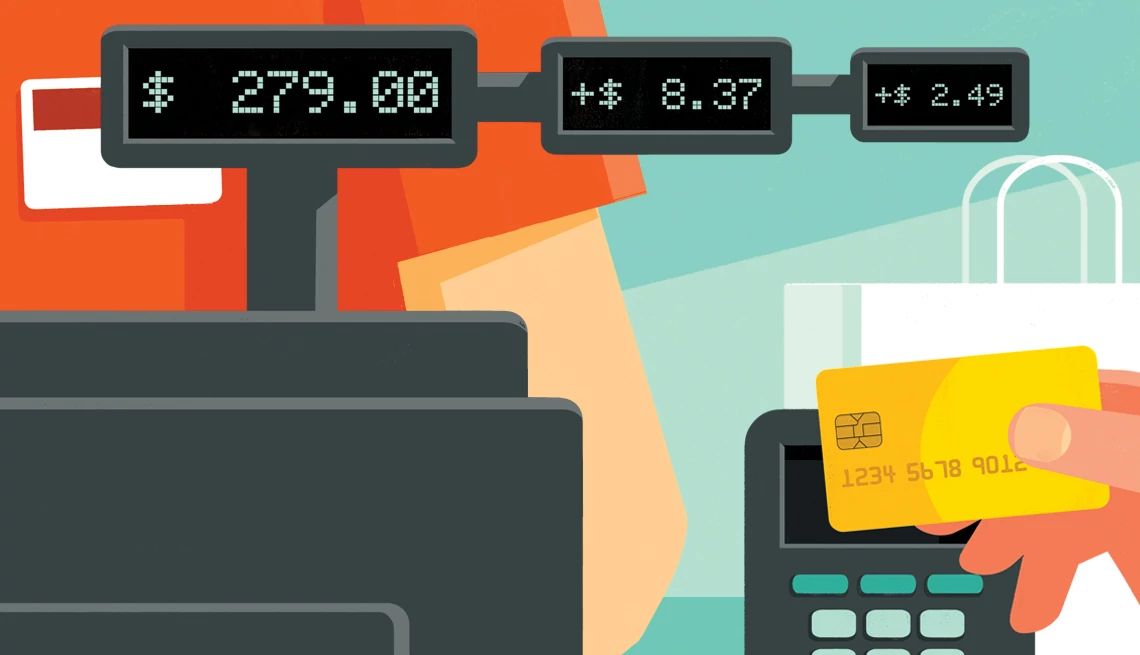Play all audios:
Chris Gash Facebook Twitter LinkedIn
No, you’re not imagining it. Increasingly so, you’re paying more up front when you pull out a credit card.
Sixty-nine percent of Americans surveyed by LendingTree in 2023 reported they’d paid an extra fee when using a credit card for a purchase. A smaller, more recent survey by WalletHub put
that figure at 79 percent, with 85 percent of respondents saying that credit card surcharges made them feel “nickel-and-dimed.” And the size of those charges is on the rise: The typical
credit card surcharge in 2019 added 1 to 2 percent to a purchase price, but climbed to 3 to 4 percent by 2022, according to the market research firm Ipsos.
As more people of all ages turn to plastic instead of checks and cash, merchants up and down Main Street — dentists, veterinarians, restaurateurs and florists — are turning to credit
card surcharges and similar policies, such as cash discounts, to help recoup their costs. Ten percent of card-accepting small businesses charge a fee for using a credit card, up from only 2
percent in 2019, estimates the payment consulting group TSG. Among new merchants, as many as 20 percent have a surcharge policy, say TSG.
Here are six things to know about these charges and when it’s best to avoid them.
Businesses aren’t fond of fees either.Most businesses don’t like charging extra for paying with a credit card, says Doug Kantor, general counsel for the National Association of Convenience Stores: “Customers get upset with
them.” Credit card surcharges may also reduce revenue, reports Ipsos, which estimates they can cause debit and credit card sales to decline by as much as 10 percent.
But some businesses see these surcharges as one of the few tools they have to cut costs, Kantor says. Facing rising labor costs and thinning profit margins, restaurants face a choice, says
financial planner Shinobu Hindert. They can either raise menu prices or be transparent about their card fees: “This is how much it costs. We’re passing on this surcharge to you.”
Processing fees can be steep.
As retailers fight card networks over the fees merchants pay to accept credit and debit cards, known as “swipe fees,” the size of their burden on merchants’ bottom lines is a matter of
debate.

